Following our license guide, anyone can use our free handouts for up to 15 people. If you need to share more, please join. Professional members receive thousands more handouts plus new premium content each month.

DASH to Better Blood Pressure

Cracking the Vault: Subtraction Equals Addition

Reduce Stress & Stress Eating
Stress eating plays a role in many people's battles with weight management. Fortunately, there are many ways to cope with stress without overeating. Here are a few ideas...

Cracking the Vault: Pleasure versus Hunger Eating
The research on cravings suggests that eating for pleasure versus hunger may drive us to crave highly palatable foods.

3 Cancer Risk Reduction Strategies
The National Cancer Institute has revealed that some risk factors can be controlled. Choosing the right health behaviors and preventing exposure to certain environmental risk factors can help prevent cancer development. In other words, taking steps can reduce your risk of cancer is possible. Let’s look at some specific strategies.
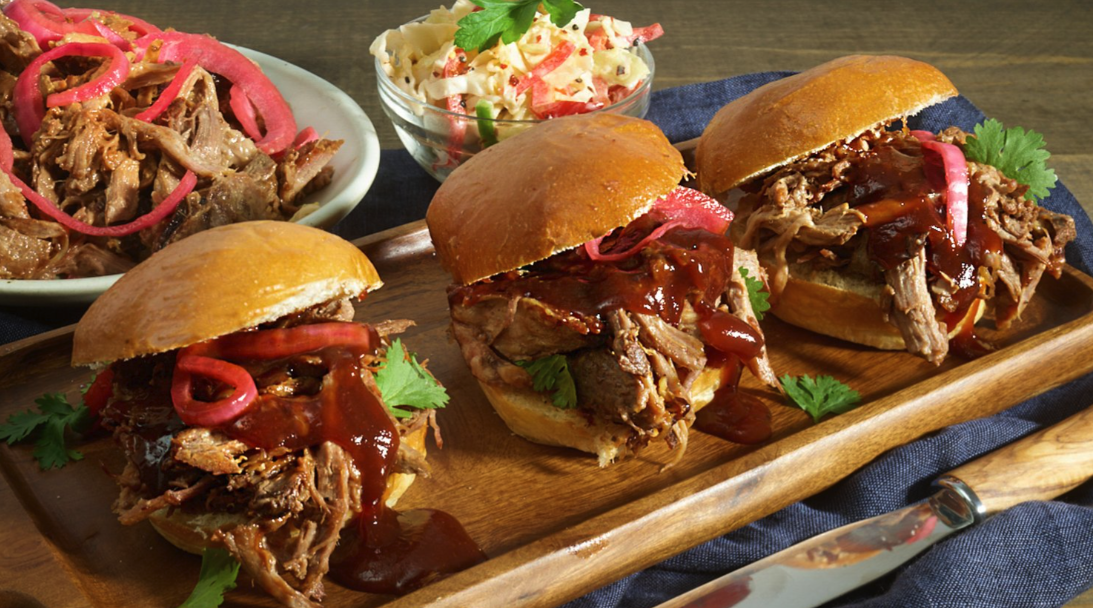
The Science of Satiety
We know that when food travels through the digestive tract, our stomachs fill and empty, and the process repeats itself at the next meal or snack. Gastric emptying varies in individuals, and some people move slower or faster. A full stomach tells your brain, “I’m full.” Hormones released in the gut impact appetite.

Cracking the Vault: The Truth About Inflammation
When you hear the word ‘inflammation,’ images of elderly people wringing their arthritic hands or the redness and swelling on a child’s arm after a bee sting may come to mind.
While these are indeed signs and symptoms of inflammation, the pain and damage it can cause goes well beyond the surface.
Lisa Andrews, MEd, RD, LD is here with everything you need to know about #inflammation…

The Best of FAH: March Edition
National Nutrition Month was such fun this year, and our team of dietitians had a blast coming up with ways to help your audience Fuel for the Future.
But that’s not all we did!
We explored hot nutrition topics like CBD and food sources of protein, along with reviving some of our favorite series like “Cracking the Vault” and Meatless Cooking...

Meatless Meals for the Everyday Cook
Here is a recap of all of the meatless meals we made for March. Which one was your favorite? All recipes here. #eatrightPROnutrimag #makeevverybitecount #healthydoesnthavetobehard #simplehealth #funcionalwellness #wholewellness #wholebodyhealth #MyPlate #OnMyPlate #ChooseMyPlate #MyPlateStartSimplePROnutrimag!

CBD: What It Is and Why It’s Showing Up in Foods and Drinks
According to the National Restaurant Association, one of the top food trends is infusing foods and beverages with CBD. So what is CBD? Lynn Grieger, RDN, CDCES, CHWC, CPT has everything you need to know…
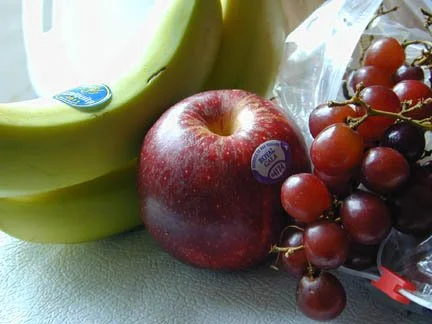
Snacks for Meals?
Everyone is eating snacks for meals. What are the pros and cons? By dietitian Lisa Andrews, MEd, RDN. Here are delicious ideas and guidelines for meals at the desk and on the go. #eatrightPROnutrimag #makeevverybitecount #healthydoesnthavetobehard #simplehealth #funcionalwellness #wholewellness #wholebodyhealth #MyPlate #OnMyPlate #ChooseMyPlate #MyPlateStartSimplePROnutrimag!

Sustainable Eating Made Simple (handout)
Sustainability is a complex global issue that centers around solving global warming and feeding future population growth. The good news is that there are many things we can do as consumers to make small changes that have a significant impact. Our health will benefit, too. Pick a few items on this list and see what works for you.
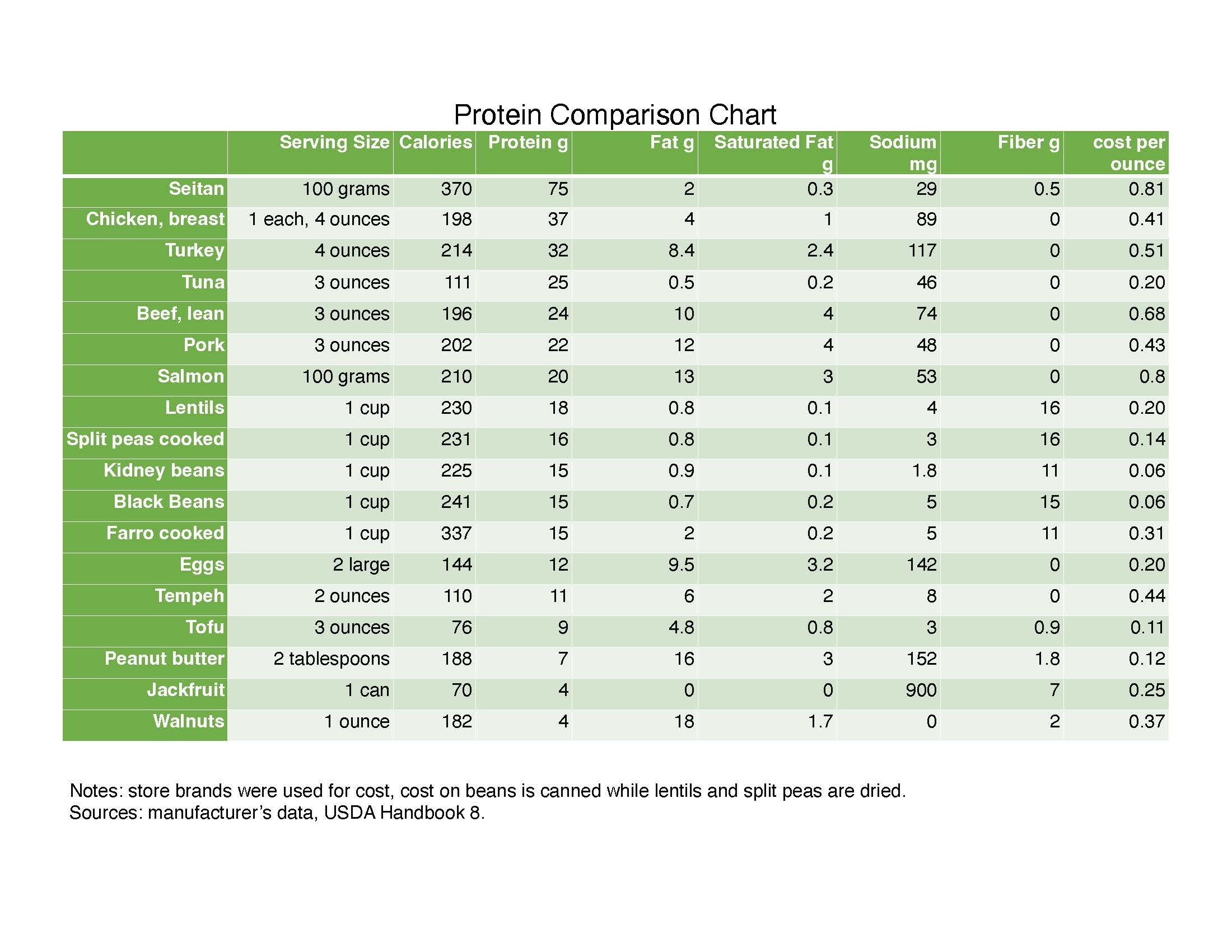
Protein Comparison Charts & Handouts
Here is a chart of all common sources of protein both animal and plant. It has a few surprises. Plant protein is lower in calories and higher in fiber. It is also lower in cost in most cases. Here is a printable PDF handout on protein comparisons as well as the original excel file so you can make changes. #eatrightPROnutrimag #makeevverybitecount #healthydoesnthavetobehard #simplehealth #funcionalwellness #wholewellness #wholebodyhealth #MyPlate #OnMyPlate #ChooseMyPlate #MyPlateStartSimplePROnutrimag!

Best Printable Nutrition Month Handouts
We've made a lot of fantastic free nutrition handouts over the years. I was just looking over our site stats, and I was overwhelmed by the amazing positive response they've earned. That's why, today, I'm going to share the top 10 printable nutrition handouts that have gotten the most rave reviews over the past year...
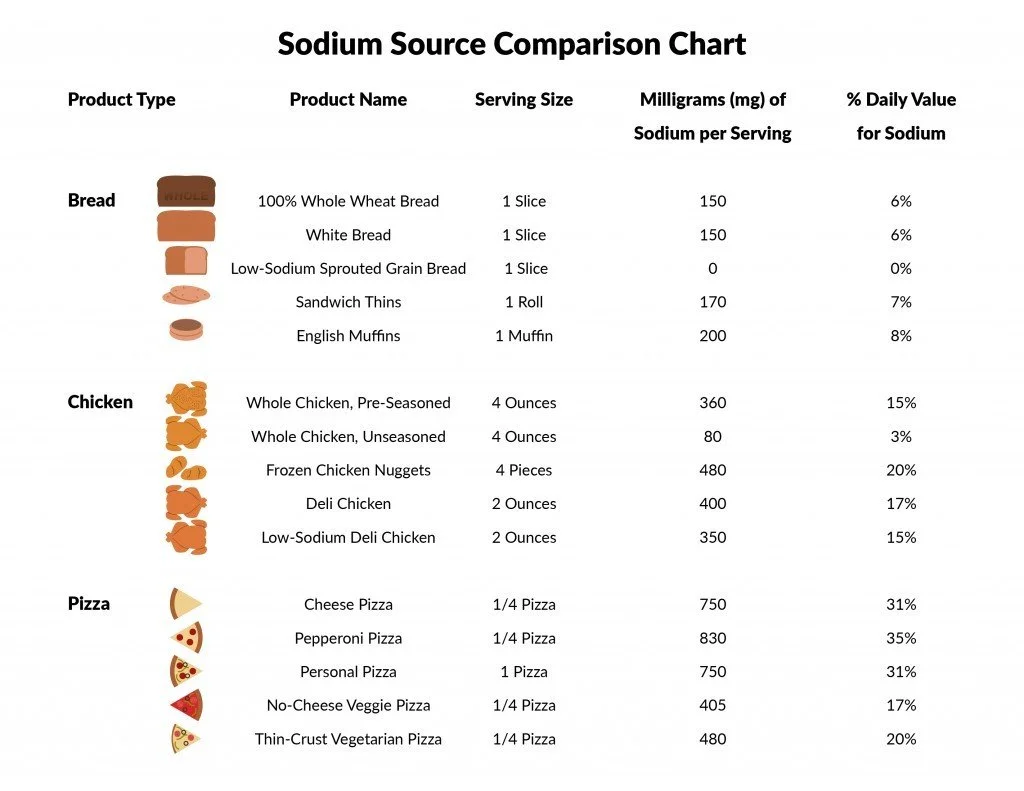
Get Low: Make Low-Sodium Choices
According to the Dietary Guidelines for Americans, "74.5 million Americans—34 percent of U.S. adults—have hypertension."

Low-Sodium Shopping List
Much of the added sodium in the typical American diet comes not from the salt shaker but from processed and restaurant foods. Untangling which foods are low in sodium can be harder than you think, which is why I've created this low-sodium shopping list.
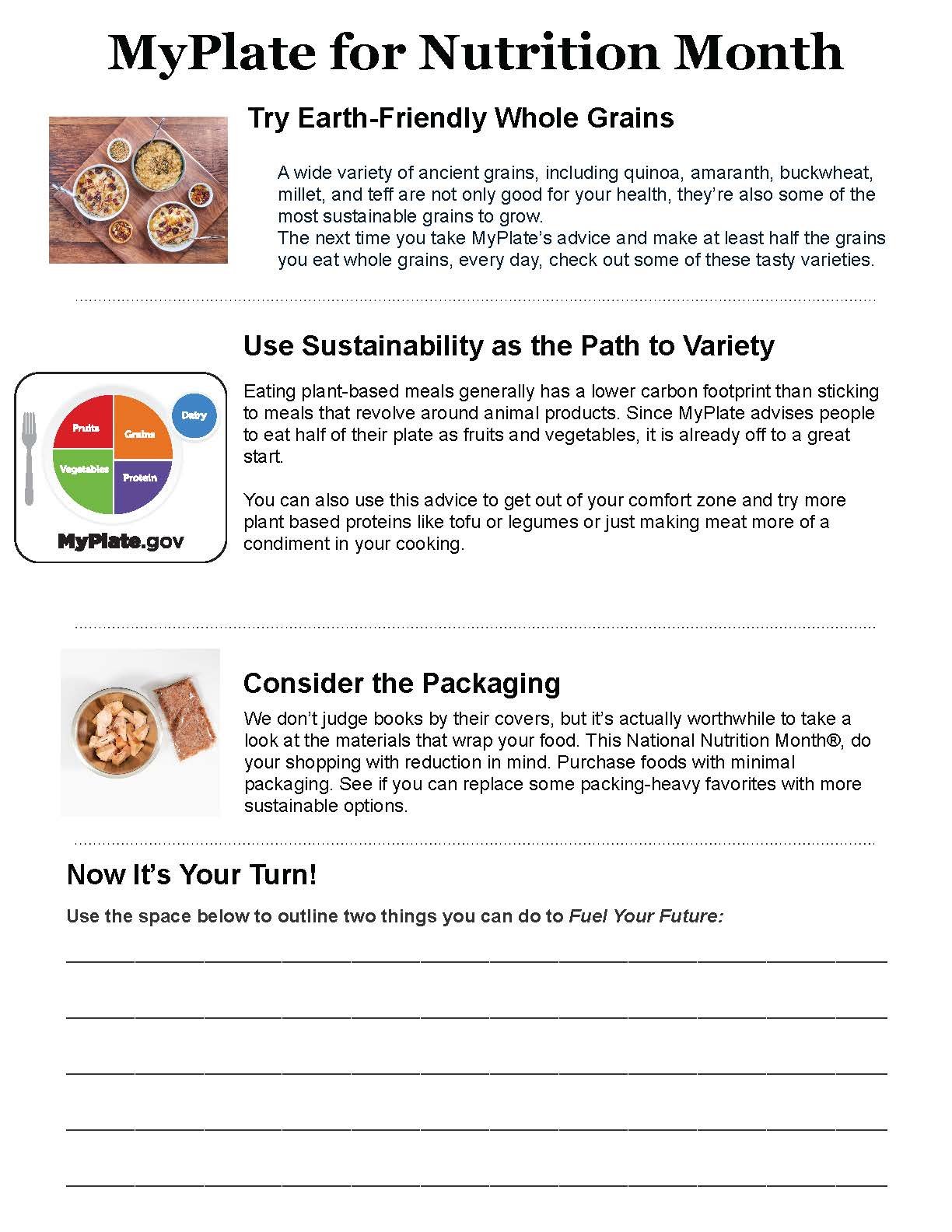
MyPlate and Nutrition Month: Letting Sustainability Be A Guide PDF Worksheet and Handout
Here is how to use MyPlate for Nutrition Month for the Fueling the Future theme by the Academy of Nutrition and Dietetics. This worksheet will get everyone thinking about making their MyPlate half fruits and veggies and then they are half way there! All they have to do is pick a whole grain and vary their protein to include plant protein a little bit. Give it a whirl!

Nutrition Month Theme 2023
This free nutrition month handout is a printable PDF for nutrition education.
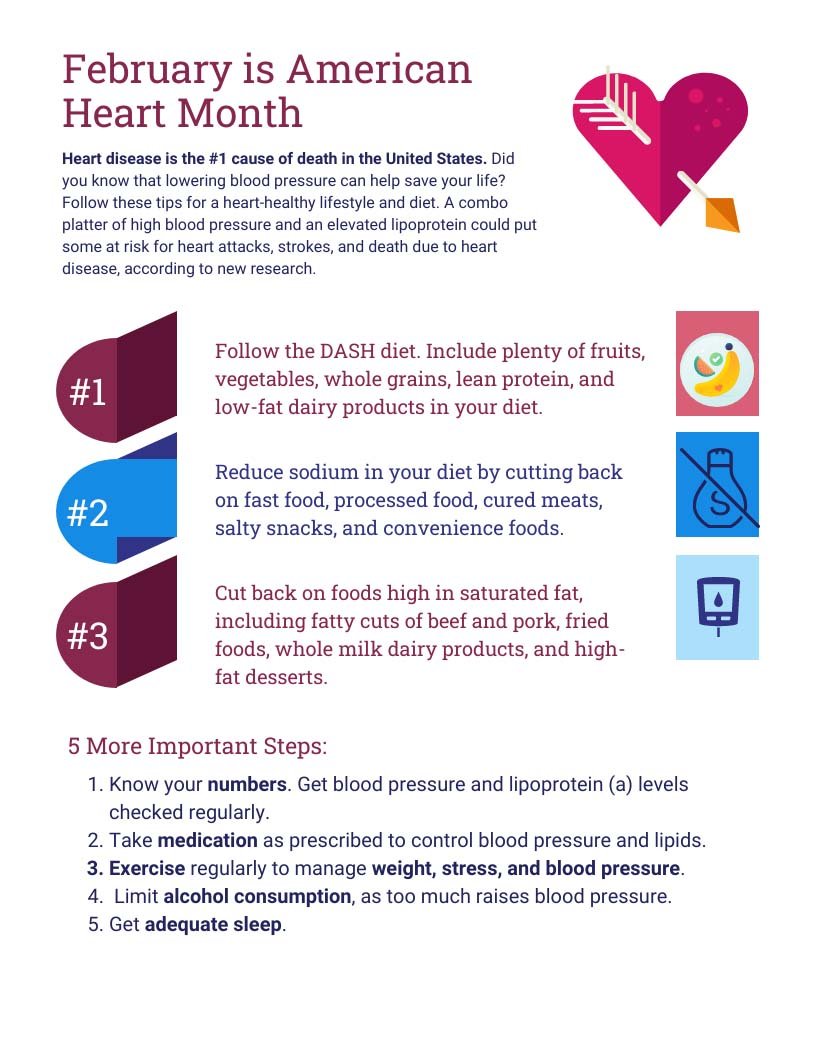
Reducing Blood Pressure Could Save Your Life
Heart disease is the #1 cause of death in the United States. Did you know that lowering blood pressure can help save your life? Follow these tips for a heart-healthy lifestyle and diet. A combo platter of high blood pressure and an elevated lipoprotein could put some at risk for heart attacks, strokes, and death due to heart disease, according to new research. This free heart health handout will help all.

4 Ways to Hydrate Healthier PLUS One New Study on Hydration and Aging
But a new study by the NIH/National Heart, Lung and Blood Institute indicates that adequate hydration might help us age more healthfully and live longer than those who do not hydrate enough. This is because subjects who drank enough had lower serum sodium levels than those who did not.
More handouts and resources from our Nutrition Education Store

